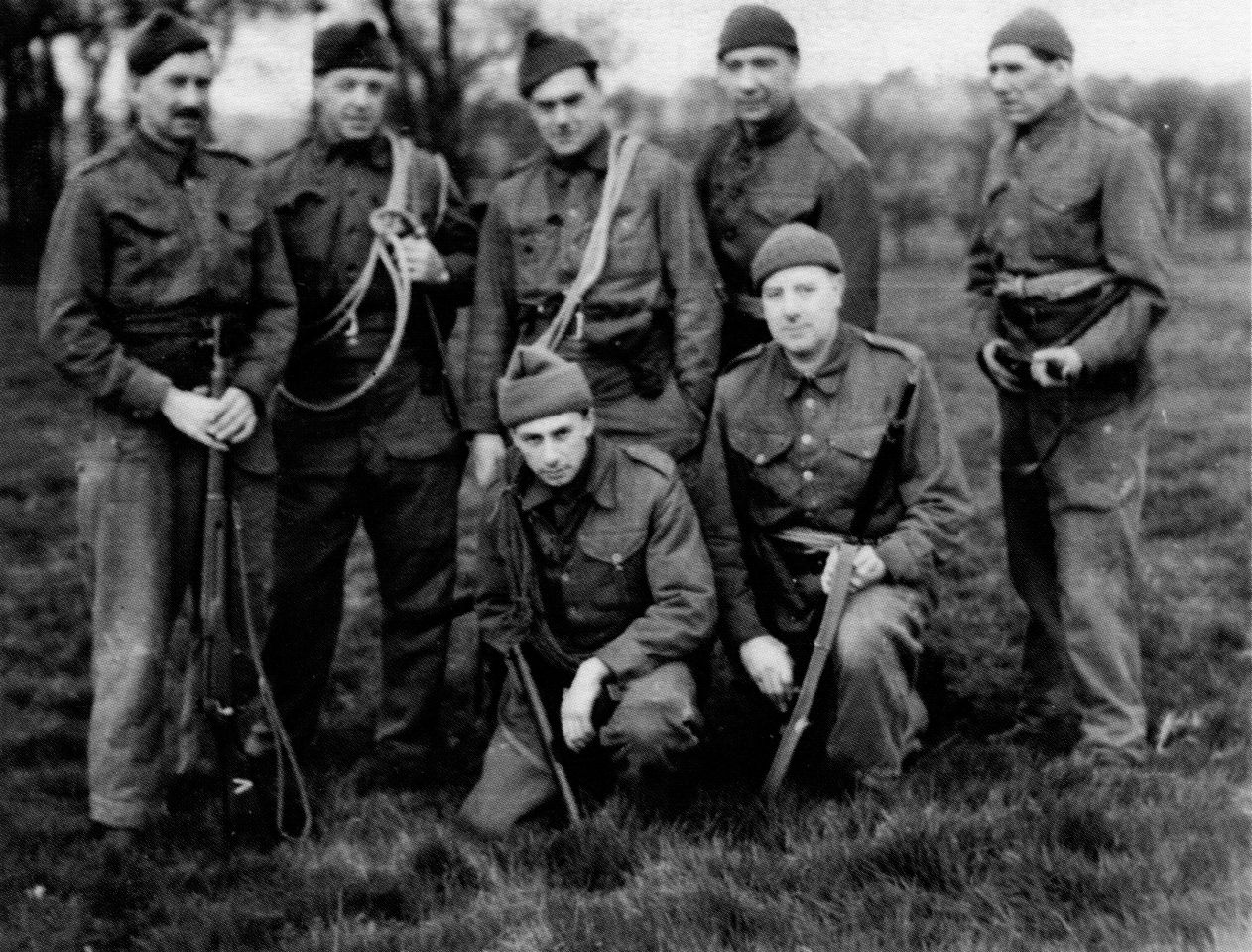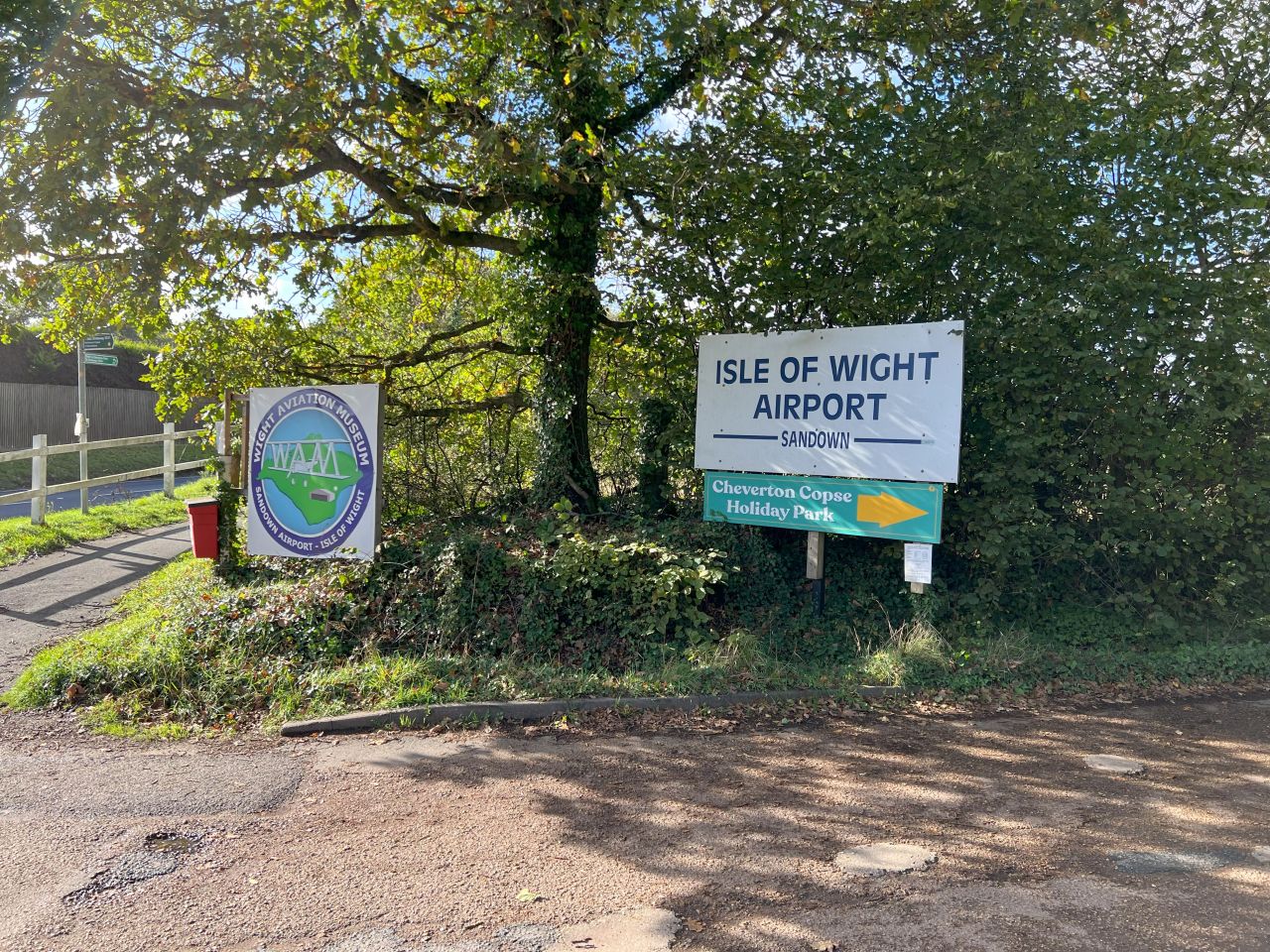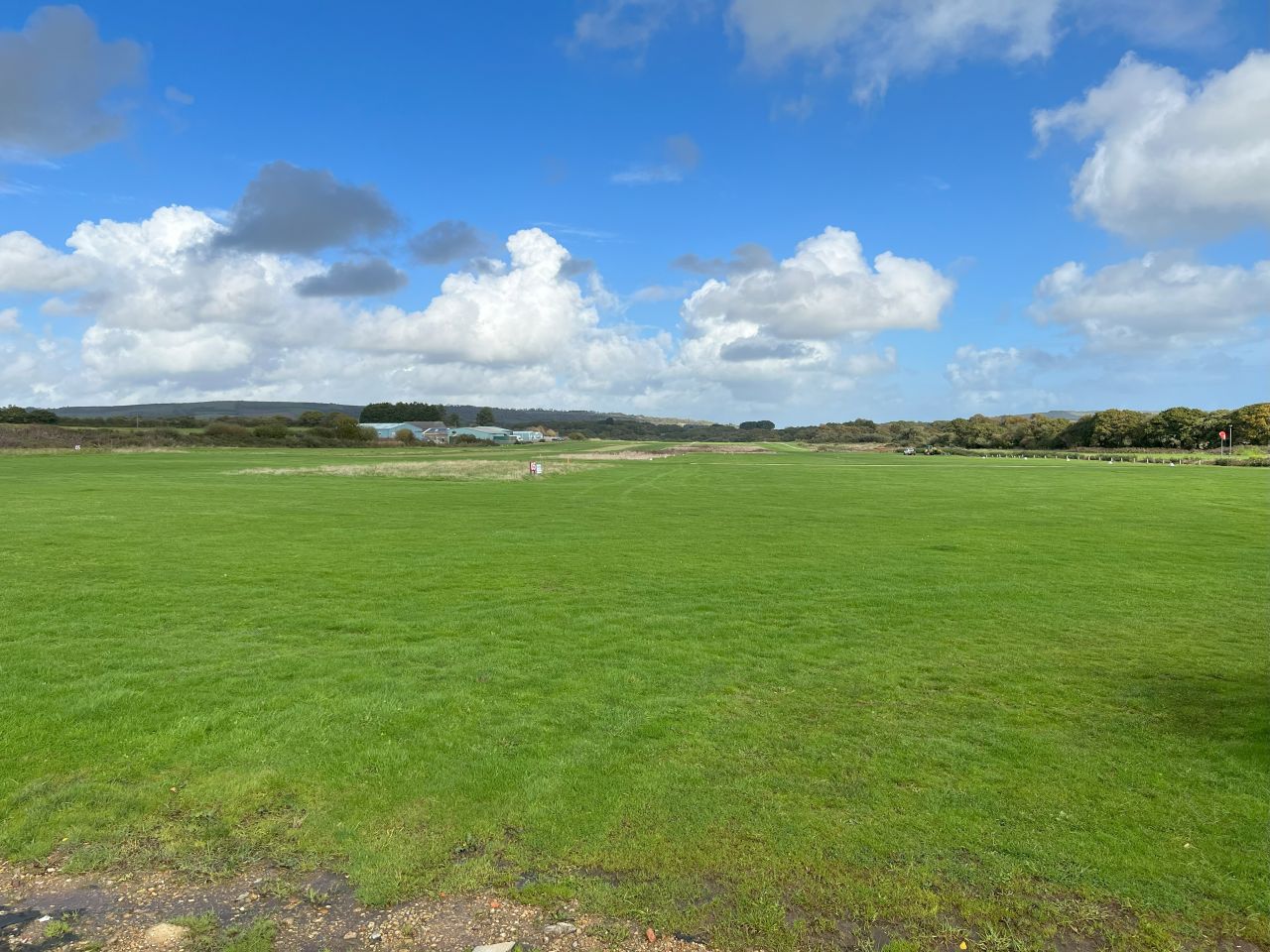Sandown is a seaside resort on the south-east coast of the Isle of Wight.
| Name | Occupation | Posted from | Until |
|---|---|---|---|
| Sergeant Ewart Gibbons Rapkins | Mechanical engineer |
14 Aug 1941 | 31 Dec 1944 |
| Corporal Adrian Francis Le Maitre | Amusement caterer |
14 Aug 1941 | 03 Dec 1944 |
| Private Charles Walter Dibbens | Carpenter and joiner |
14 Aug 1941 | 15 Apr 1943 |
| Private Charles Edward Herbert | Draftsman and engineer |
15 Sep 1942 | 03 Dec 1944 |
| Private Kenneth Ivan Hooper | 14 Aug 1941 | 03 Dec 1944 | |
| Private Reginald Lionel Le Maitre | Concrete products manager |
01 Aug 1941 | 21 Dec 1942 |
| Private Edgar Wilfrid Moorman | Builder and estate agent |
14 Aug 1941 | 03 Dec 1944 |
| Private Richard Arthur Ward | Timber merchant manager |
14 Aug 1941 | 03 Dec 1944 |
Sandown Patrol
The Patrol was formed shortly after the German attack on the airfields of Crete. It may have been related to the need to have a Patrol able to sabotage the nearby Lea Farm Airport, later Sandown Airport, today known as the Isle of Wight Airport and home to the Wight Aviation Museum, as well as restoration workshops for wartime aircraft. The airfield was closed at the start of the war and obstruction laid on its three runways. However the attack on Crete had shown paratroops and a willingness to crash land aircraft could enable even a guarded airstrip to be captured.
Sandown Pier might have formed another target. A section was cut out of the pier during the war to stop it being used for landing troops. However after a German landing repairs could have made it an important target.
Captain Alan Shaw, Royal Engineers, from 222Field Company, recalled a posting to the Isle of Wight commencing on the day the Japanese bombed Pearl Harbour, 3 Dec 1941. Among his duties he was required to lecture newly formed Home Guard “demolition teams”. It is likely that these were Auxiliary Units Patrols, as “demolition” was used as a cover elsewhere in the country. He described delivering the lectures, pint in hand, in a Bembridge pub.
The photograph shows the men in their denim battledress wearing either rolled up balaclavas or cap comforters. Most have a length of rope over their shoulder or around their waist, perhaps for use on the cliffs at Sandown. Two carry Sten guns, two have rifles and another possibly a .22 rifle slung over his shoulder. They wear holsters for their pistols on a leather belt.
It seems likely that the Patrol was formed in July 1941. Patrol Leader Ewart Rapkins, Hooper and Moorman had all been Auxiliary Fireman at the Crescent Road substation then. Only one member had an earlier start date than 14 Aug 1941 and he may have joined from the Home Guard which would account for this. The Fire Service records kept by Chief WH Brown note that the men were joining the Home Guard Patrol Section in what was a breach of security. Above a note mentions that more than half of the men in the section are on work of National Importance, making it difficult to get them together for training. They attend the July 1941 training, but are absent for Aug 1941. One resigns on 8 Jul, suggesting he already knew he would be joining the Patrol then. Three other men had the same joining date as well, with Dibbens known to the fireman as a Fire Party leader. Rapkins and Adrian Le Maitre were in business together and the latter presumably involved his brother.
There were also strong Scouting links as the Auxiliary Fire Service unit had been formed from a Rover Scout crew and Dibbens and Ward were involved in Scouting too. At the start of the war, the Rovers had been given Coast Guard training and after Dunkirk they had been issued with rifles and formed a patrol on the coast until the formation of the Local Defence Volunteers (Coastguards were also armed at this time). Around the time of D Day, GHQ asked for a motor boat to be manned in case of emergency, this being done by a "Patrol from the Rover Den", which may have included the Auxiliers, since they also continued meeting as Scouts during the war. After the war they would form the Cliff Rescue Service, saving a number of lives.
On January 20th 1945, a significantly historical dinner was held at the Masonic Hall, Ryde. Gathered together for the first time in five years were the majority of the members of the Island’s Auxiliary Patrols. A copy of the post stand-down dinner menu for that Saturday evening offers evidence of the men involved.
TNA ref WO199/3391
Hancock data held at B.R.A
1939 Register
John Riddell
Sandown Fire Brigade Record of transfer (courtesy Geoff Pidgeon)
Isle of Wight County Press 25 Mar 1983
Scout Scoop Feb 1976 (courtesy Barry Groves)


